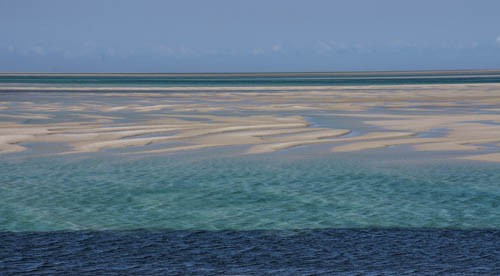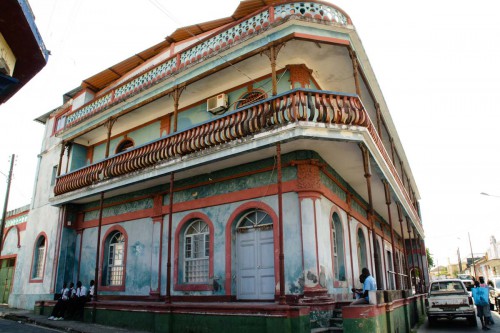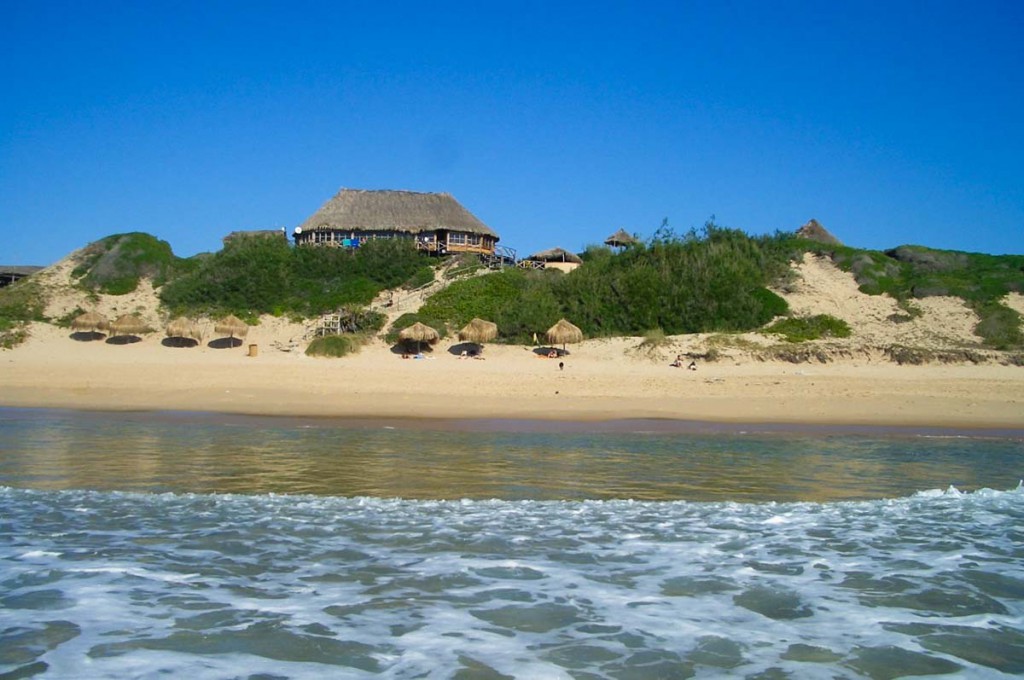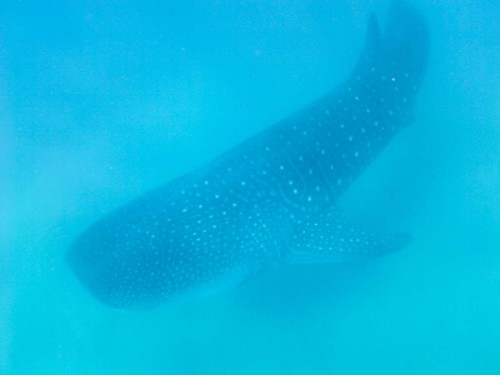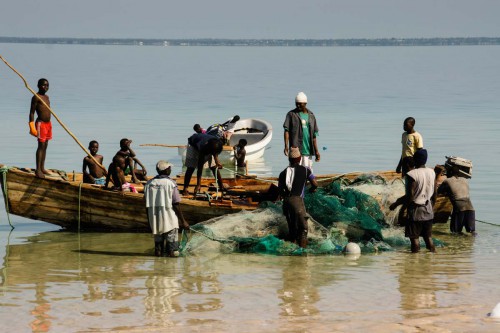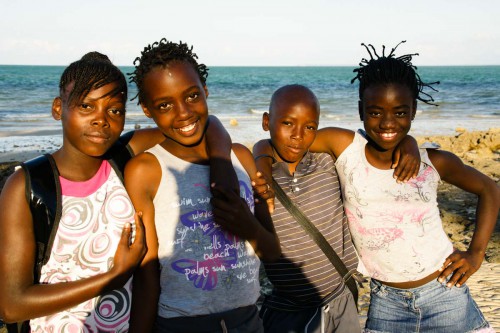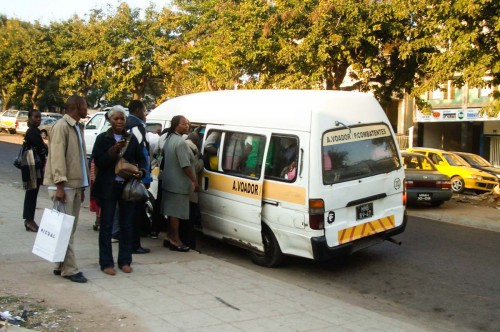
Notorious chapa designed for 16 passengers, never carrying less than 26 - Picture by Gerti Brindlmayer
My second attempt to ride the night bus down south started promising. A few days before, I had suffered an attack of claustrophobia after we sat packed like sardines for 1½ hour in the station. Now I was sitting up front (which helped) and the bus left ten minutes after I got on. Needless to say, packed and cramped to the limit.
Again, the worst were the extra seats in the aisle, which made me feel so imprisoned. But being closer to the exit calmed my mind and made it bearable. Only for a few seconds: the very second we pulled out from the station the driver turned the stereo up to what must have been maximum volume. It was earsplitting, deafening. I complained in Spanish and got a mouthful back in Portuguese, what sounded like “you are the only one who minds”. A guy came to my rescue, to no avail. I felt like crying, I stuffed earplugs in my hurting ears, but it only dampened the noise. Why people put up with this, I do not know.
Only one lady protested when the driver and his assistant made people move 30 minutes into the trip just because they had swapped seats. Try to picture this in such cramped conditions and some passengers being really chubby. With my two bags under my feet, my neighbor’s legs around at my side, I was locked in.
I prayed for daylight to find some distraction by looking out of the window. Darkness finally faded, into nothing. Heavy mist hung over the land. It had swallowed everything around us, including the road. This did not keep the driver from racing right into it. At the turnoff to Vilankulo, I made a very spontaneous decision: I jumped off the bus, despite my plan to stay on until Tofo. The earlier you got off the more money you lose, since the ticket for this direct bus to Maputo is 50 USD, no matter where you get off. Too bad, Vilankulo is only about a third of the trip. A tough decision, but it turned to be the right one.
For short distances, chapas (minibuses) are the way to go. To describe them as crowded would be an understatement: designed for 16 passengers, 26 are not unusual. This is how I travelled the six hours from Vilankulo to Tofo, but I was lucky again: I got to sit next to the driver, despite his initial attempt to make me move to the back. “The police does not want women to sit up front”, he tried. I did not budge and enjoyed the easy ride without blasting music and a lot of laughter among the other passengers.
Picture by Gerti Brindlmayer.
